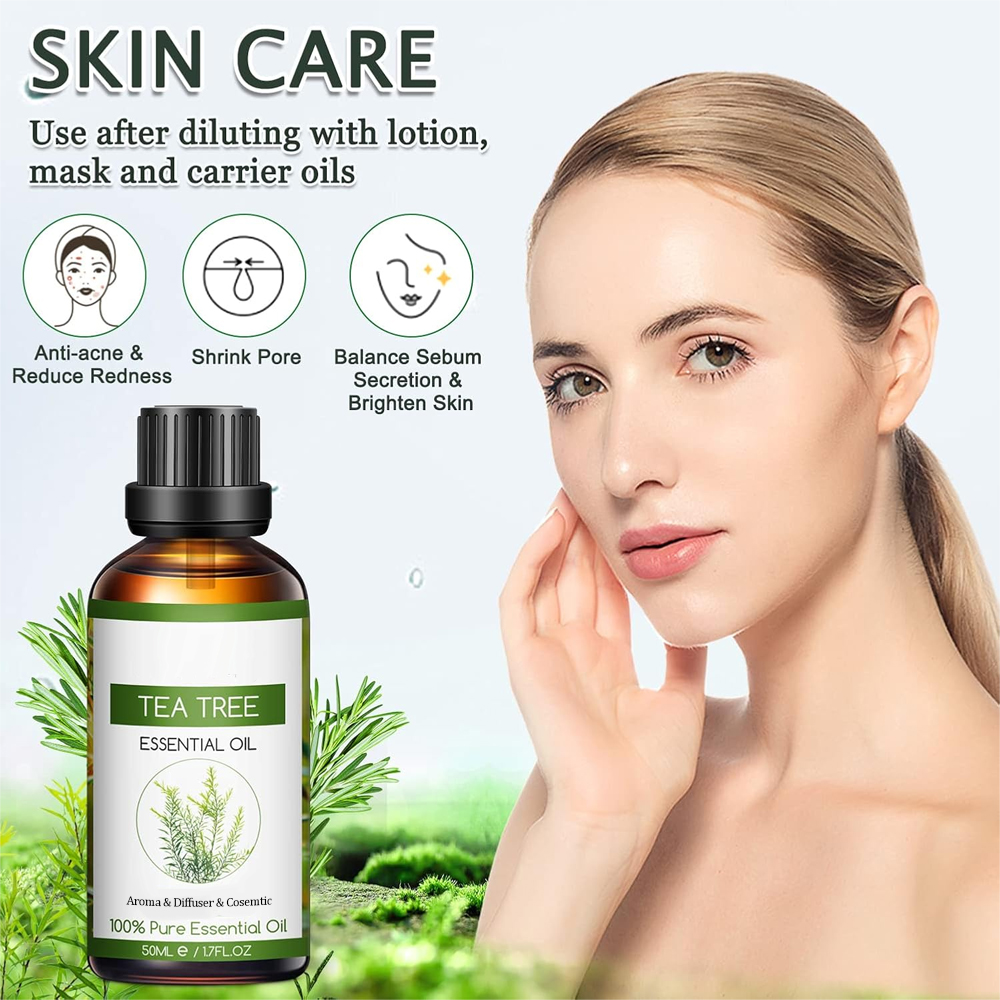This powerful plant is a concentrated liquid extracted from the tea tree plant, grown in the Australian outback. Tea Tree oil is traditionally made through distilling the plant Melaleuca alternifolia. However, it can also be extracted through mechanical methods such as cold-pressing. This helps the oil capture the “essence” of the plant’s scent as well as its skin-calming properties for which it is prized.
The plant’s powerful properties have made it a healing remedy used by aboriginal tribes, with many of its benefits linked to healing and purifying the body.
While tea tree oil is generally considered safe for topical use, it can cause skin irritation in some individuals, especially when used in high concentrations. It should also never be ingested, as it can be toxic when taken internally.
Overall, tea tree oil is a versatile and natural remedy that can provide numerous benefits for skin and health when used properly. However, it is always recommended to consult with a healthcare professional before using any natural remedy, especially if you have a pre-existing medical condition or are taking medication.
| Name | Tea Tree Essential Oil |
|---|---|
| Botanical Name | Melaleuca alternifolia |
| Native to | Parts of Australia |
| Main ingredients | Alpha and beta pinene, sabinene, gamma terpinene, myrcene, alpha-terpinene, 1,8-cineole, para-cymene, terpinolene, linalool, limonene, terpinen-4-ol, alpha phellandrene and alpha-terpineol |
| Aroma | Fresh camphoraceous |
| Blends well with | Nutmeg, cinnamon, geranium, myrrh, marjoram, rosemary, cypress, eucalyptus, Clary sage, thyme, clove, lemon and pine essential oils |
| Category | Herbaceous |
| Substitute | Cinnamon, Rosemary or peppermint essential oils |
Contact:
Bolina Li
Sales Manager
Jiangxi Zhongxiang Biological Technology
bolina@gzzcoil.com
+8619070590301
Post time: Mar-31-2025


